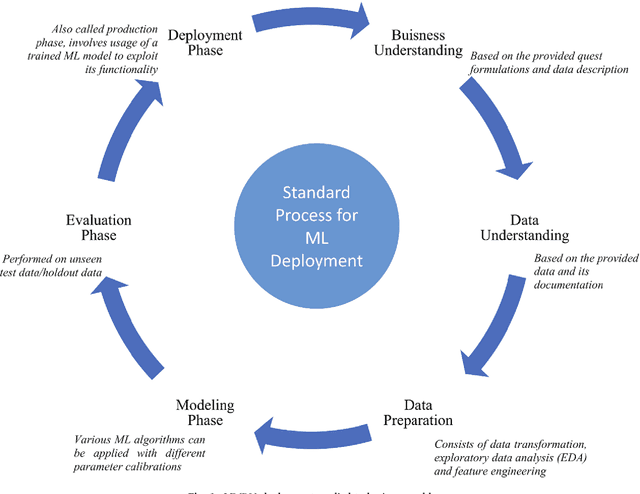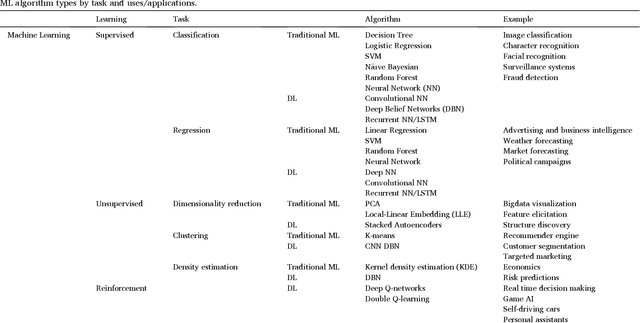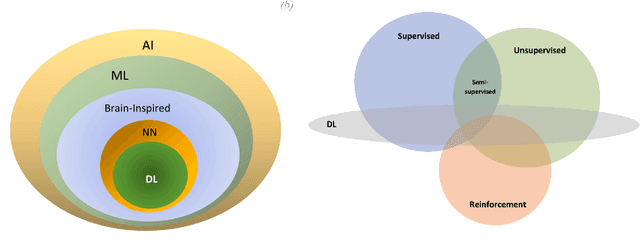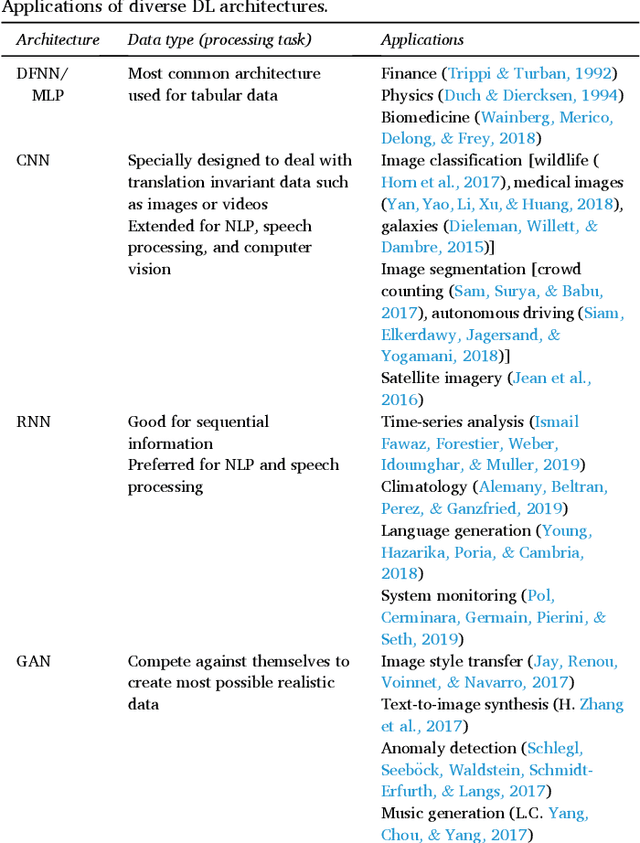Vaibhav Krishna
Simplifying Sparse Expert Recommendation by Revisiting Graph Diffusion
Aug 04, 2022



Abstract:Community Question Answering (CQA) websites have become valuable knowledge repositories where individuals exchange information by asking and answering questions. With an ever-increasing number of questions and high migration of users in and out of communities, a key challenge is to design effective strategies for recommending experts for new questions. In this paper, we propose a simple graph-diffusion expert recommendation model for CQA, that can outperform state-of-the art deep learning representatives and collaborative models. Our proposed method learns users' expertise in the context of both semantic and temporal information to capture their changing interest and activity levels with time. Experiments on five real-world datasets from the Stack Exchange network demonstrate that our approach outperforms competitive baseline methods. Further, experiments on cold-start users (users with a limited historical record) show our model achieves an average of ~ 30% performance gain compared to the best baseline method.
Topic Community Based Temporal Expertise for Question Routing
Jul 05, 2022



Abstract:Question Routing in Community-based Question Answering websites aims at recommending newly posted questions to potential users who are most likely to provide "accepted answers". Most of the existing approaches predict users' expertise based on their past question answering behavior and the content of new questions. However, these approaches suffer from challenges in three aspects: 1) sparsity of users' past records results in lack of personalized recommendation that at times does not match users' interest or domain expertise, 2) modeling based on all questions and answers content makes periodic updates computationally expensive, and 3) while CQA sites are highly dynamic, they are mostly considered as static. This paper proposes a novel approach to QR that addresses the above challenges. It is based on dynamic modeling of users' activity on topic communities. Experimental results on three real-world datasets demonstrate that the proposed model significantly outperforms competitive baseline models
Augmenting Organizational Decision-Making with Deep Learning Algorithms: Principles, Promises, and Challenges
Nov 02, 2020



Abstract:The current expansion of theory and research on artificial intelligence in management and organization studies has revitalized the theory and research on decision-making in organizations. In particular, recent advances in deep learning (DL) algorithms promise benefits for decision-making within organizations, such as assisting employees with information processing, thereby augment their analytical capabilities and perhaps help their transition to more creative work.
Is Simple Better? Revisiting Non-linear Matrix Factorization for Learning Incomplete Ratings
Sep 21, 2018


Abstract:Matrix factorization techniques have been widely used as a method for collaborative filtering for recommender systems. In recent times, different variants of deep learning algorithms have been explored in this setting to improve the task of making a personalized recommendation with user-item interaction data. The idea that the mapping between the latent user or item factors and the original features is highly nonlinear suggest that classical matrix factorization techniques are no longer sufficient. In this paper, we propose a multilayer nonlinear semi-nonnegative matrix factorization method, with the motivation that user-item interactions can be modeled more accurately using a linear combination of non-linear item features. Firstly, we learn latent factors for representations of users and items from the designed multilayer nonlinear Semi-NMF approach using explicit ratings. Secondly, the architecture built is compared with deep-learning algorithms like Restricted Boltzmann Machine and state-of-the-art Deep Matrix factorization techniques. By using both supervised rate prediction task and unsupervised clustering in latent item space, we demonstrate that our proposed approach achieves better generalization ability in prediction as well as comparable representation ability as deep matrix factorization in the clustering task.
 Add to Chrome
Add to Chrome Add to Firefox
Add to Firefox Add to Edge
Add to Edge